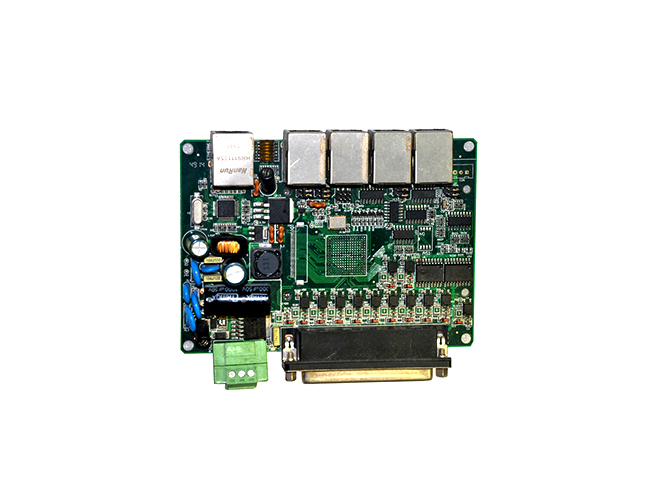-
CN
-
Service Hotline
+8618129931046 Mr. Liao


Time:2025-05-30 Views:1

Clock tree design is a critical aspect of double-sided PCB design, especially in high-speed digital circuits. A well-designed clock tree ensures accurate and synchronized distribution of clock signals across the PCB, minimizing clock skew and jitter, which are essential for the proper operation of digital systems.
In double-sided PCBs, the limited number of layers poses challenges for clock tree design compared to multi-layer PCBs. However, with careful planning and optimization, an effective clock tree can still be created. The first step in clock tree design is to determine the clock source and the destination components that require the clock signal. These components may include microprocessors, memory chips, and other digital integrated circuits. Once identified, the goal is to route the clock signal from the source to all destinations in the most efficient and balanced way.
To minimize clock skew, which is the difference in arrival times of the clock signal at different destinations, a balanced clock tree structure is typically used. In a double-sided PCB, this may involve using a combination of series resistors, buffers, and delay lines. Series resistors are added to the clock lines to match the impedance of the transmission lines and reduce signal reflections. Buffers are used to amplify the clock signal and drive longer traces. Delay lines can be inserted to adjust the propagation delay of the clock signal on different branches of the tree, ensuring that all destination components receive the clock signal at the same time.
Routing the clock lines on a double-sided PCB requires careful consideration of signal integrity. Clock signals are highly sensitive to noise and interference. To protect the clock lines, they should be routed away from other high-frequency signals and power traces. Shielding techniques can also be employed, such as using ground planes on both layers of the PCB to isolate the clock lines. Additionally, the length of the clock traces should be minimized as much as possible, and sharp bends should be avoided, as they can cause signal degradation. In some cases, differential clock pairs may be used instead of single-ended clock signals. Differential signaling provides better immunity to noise and interference, improving the overall performance of the clock tree in a double-sided PCB environment.